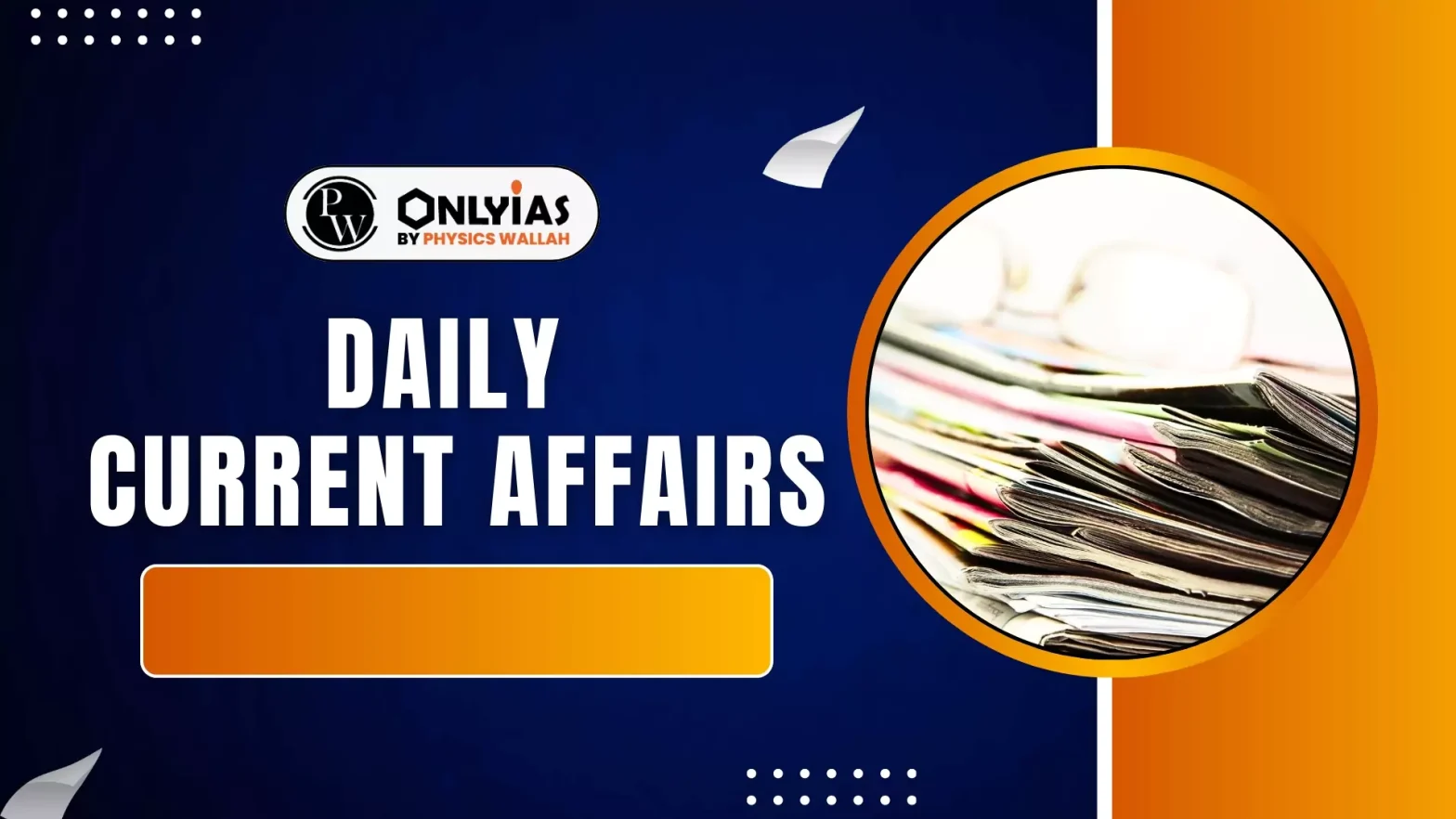Recently, the Global Gas Flaring Tracker Report highlighted the increase in Carbon dioxide emissions (CO₂e) from Gas Flaring.
About Global Gas Flaring Tracker Report
- The World Bank’s Global Gas Flaring Tracker is the only global and independent indicator of gas flaring.
- The estimates allow us to monitor global flaring levels and assist in tracking progress toward Zero Routine Flaring by 2030.
|
Key Findings of the 2025 Global Gas Flaring Tracker Report
- Sharp Rise in Emissions: Total emissions from flaring reached 389 MtCO₂e in 2024, up by 9 MtCO₂e from 2023, equivalent to adding 2 million petrol cars.
- Unburnt Methane’s Role: Of the total emissions, 46 MtCO₂e were due to unburnt methane, a potent greenhouse gas with a much higher global warming potential than CO₂.
- Over a 20-year period, methane has a global warming potential (GWP) 84-87 times that of CO2
- Top Flaring Nations Account for Majority: The top nine flaring countries were Russia, Iran, Iraq, U.S., Venezuela, Algeria, Libya, Mexico, and Nigeria , they made up 76% of global flaring.
- Notable Increase: Nigeria’s gas flaring rose by 12%, the second-highest global rise, with flaring intensity increasing by 8% despite only a 3% rise in oil output.
What is Gas Flaring?
- Definition: Gas Flaring is the process of burning of natural gas during oil extraction.
- Sources of Gas Flaring:
- Routine Flaring: Ongoing burning of gas due to lack of pipeline or storage facilities
- Emergency Flaring: Safety mechanism to release pressure in processing units.
- Unplanned Flaring: Caused by equipment failure or power outages.
- Components: Flare gas is a mixture of hydrocarbons and other gases. Its composition typically includes:
- Methane (CH₄)
- Ethane, Propane, Butane
- Carbon Dioxide (CO₂)
- Hydrogen Sulfide (H₂S)
- Nitrogen and Water Vapour
- Volatile Organic Compounds (VOCs such as benzene, toluene, xylene, etc.)
- Environmental Impact: When flare gas is not fully combusted, it releases not just CO₂ but also methane and black carbon, both of which are powerful short-lived climate pollutants.
- Flaring also wastes valuable fuel resources which can be utilised hence there is need to control flaring.
Ways to Reduce Emissions Due to Gas Flaring
- Gas Capture and Utilization Technologies:
- Reinjection into Reservoirs: Gas can be reinjected to maintain pressure and enhance oil recovery.
- Gas-to-Power Projects: Captured gas is used to generate electricity for industrial and local community use.
- Gas-to-Liquids (GTL) Conversion: The flare gas can be converted into diesel and other fuels.
- Infrastructure Investment and Policy Incentives:
- Development of pipelines and gas processing facilities can reduce routine flaring.
- Fiscal incentives for oil producers to monetize associated gas.
- Penalties for exceeding flaring thresholds, encouraging innovation in flare reduction.
- Methane Detection and Monitoring Systems:
- Satellite-based monitoring helps in tracking and verifying flaring volumes.
- Continuous Emission Monitoring Systems (CEMS) enhance real-time flare data for regulatory compliance.
- International Collaboration and Targets:
- The World Bank-led Global Flaring and Methane Reduction Partnership (GFMR) promotes data transparency and technology exchange.
- Countries must now cut routine flaring by almost 40% annually to meet the 2030 global phase-out target.
- The Zero Routine Flaring by 2030 (ZRF) Initiative, launched by the World Bank and the United Nations in April 2015, aims to end routine gas flaring by the end of this decade.
Conclusion
With flare volumes at their highest in nearly two decades, urgent action is required to reverse the trend. Stronger regulation, technological solutions, and international cooperation will be essential to curb emissions and meet global climate goals by 2030.
![]() 31 Jul 2025
31 Jul 2025

